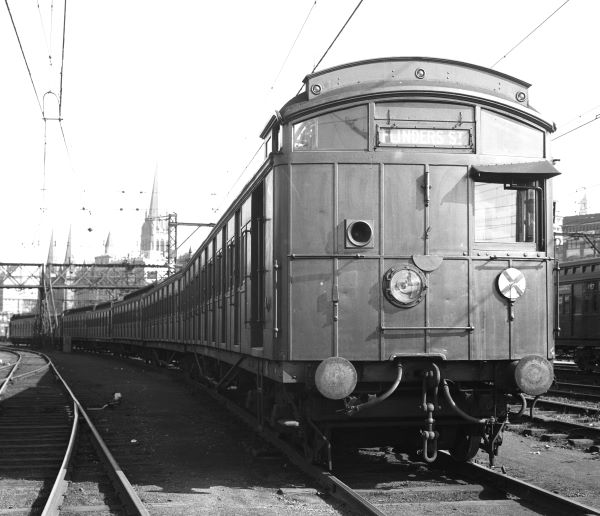Engineers Australia’s Engineering Heritage Victoria group has commemorated the 100-year anniversary of the electrification of the Melbourne suburban rail network with a heritage marker ceremony at Southern Cross Railway Station.
Engineers Australia General Manager Victoria Alesha Printz said the state's Engineering heritage group was honored to recognise the historic significance of the electrification project and its contribution to Melbourne's transport infrastructure.
“The heritage marker will serve as a reminder of the importance of preserving engineering heritage for future generations to appreciate and learn from,” said Ms Printz.
“The historic engineering achievement of the electrification works allowed for the successful conversion of the Melbourne suburban railway lines from steam locomotives to electric traction, making it the largest suburban railway network in the world to do so at the time. This electrification project was completed in 1923 and has since become an important part of Melbourne's heritage and history.”
The electrification project was an immediate success, improving rail patronage with faster and more frequent trains while also reducing operating costs. It also included the construction of a dedicated 78 MW coal-fired power station in Newport, claimed to be the largest power station in the southern hemisphere at the time of its completion. Additionally, the project introduced new, high-capacity sliding door, multi-car passenger rolling stock known as 'Tait trains,' which remained in service as electric rolling stock for 65 years.
The project was also a pioneer in the application of 1500 volts DC traction to a large suburban passenger railway system. It introduced an automatic speed signalling system based on employing upper quadrant, motorized semaphore, and coloured light trackside signals operated by AC track circuits plus automatic train stops. This was the first use of this form of railway signalling in Australia and enabled shorter headways between trains with a corresponding ability to improve service frequency.
For more information on Engineers Australia’s engineering heritage work visit our website.

